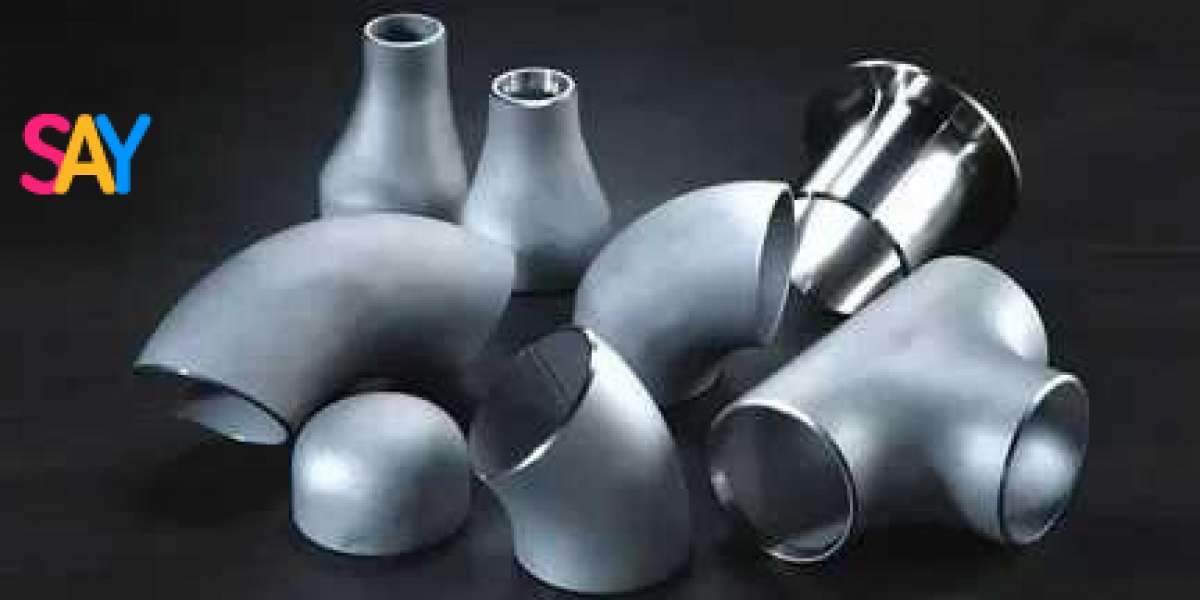In materials engineering, 304 stainless steel is a versatile and widely used alloy known for its corrosion resistance, durability, and exceptional formability. Regarding fittings, 304 stainless steel takes centre stage, offering unparalleled reliability in various applications. This blog will explore the unique properties, applications, and advantages of 304 stainless steel fittings.
Understanding 304 Stainless Steel
Composition
304 stainless steel is an austenitic iron, chromium, and nickel alloy.
Adding chromium and nickel enhances its corrosion resistance, making it suitable for various environments.
Corrosion Resistance
One of 304 stainless steel's standout features is its exceptional corrosion resistance, especially in atmospheric and corrosive environments.
This property makes it ideal for applications with common exposure to moisture, chemicals, or varying temperatures.
Applications
Piping Systems
304 stainless steel fittings are extensively used in piping systems across various industries, such as chemical processing, food and beverage, and pharmaceuticals.
Their corrosion resistance ensures longevity and reliability, making them suitable for transporting a wide range of fluids.
Construction and Architecture
In the construction and architectural industries, SS 304 fittings find applications in handrails, balustrades, and structural components.
The alloy's aesthetic appeal and durability make it a preferred choice for functional and decorative purposes.
Food and Beverage Industry
The hygienic properties of 304 stainless steel make it a staple for fittings such as valves, couplings, and connectors in the food and beverage industry.
Its resistance to corrosion and ease of cleaning contributes to maintaining sanitary conditions in processing facilities.
Advantages
Corrosion Resistance
The primary advantage of 304 stainless steel fittings is their exceptional corrosion resistance, ensuring a longer service life in challenging environments.
Versatility
304 stainless steel fittings are highly versatile and suitable for various applications due to their formability, weldability, and compatibility with various fluids.
Aesthetic Appeal
In addition to its functional benefits, the alloy's attractive appearance makes it a popular choice for applications where aesthetics play a role, such as architectural and decorative installations.
Ease of Maintenance
304 stainless steel fittings require relatively low maintenance and minimal care to retain their corrosion resistance and structural integrity.
Conclusion
304 stainless steel fittings exemplify excellence in materials engineering, offering a harmonious blend of corrosion resistance, versatility, and aesthetic appeal. These fittings are pivotal in ensuring reliability and longevity, from industrial piping systems to architectural masterpieces and food processing plants. As industries evolve, the demand for 304 stainless steel fittings will likely persist, underscoring their importance in modern materials applications.




